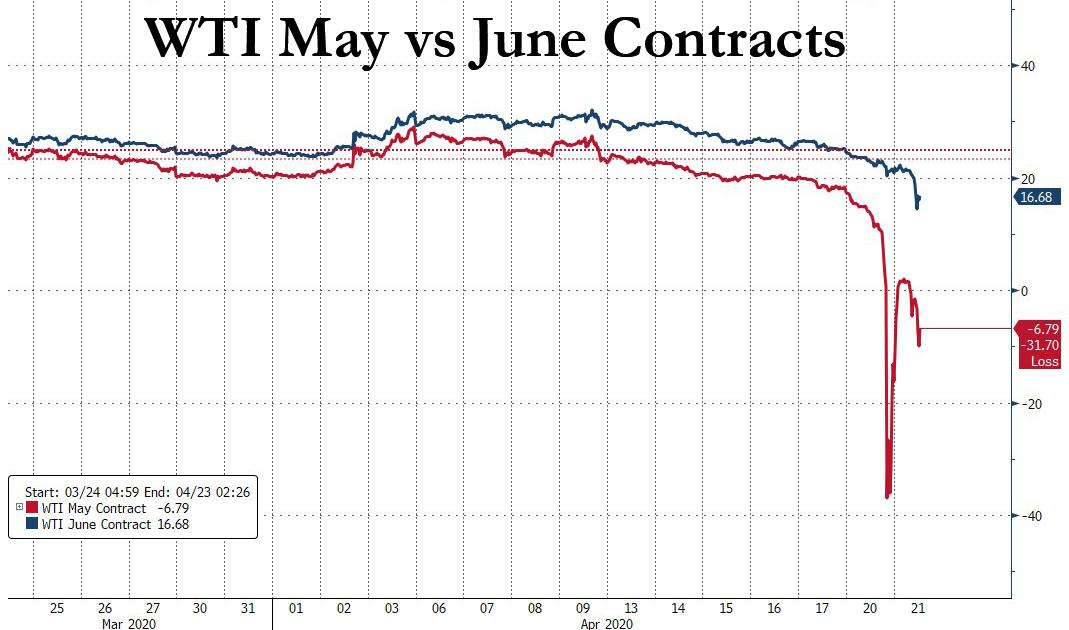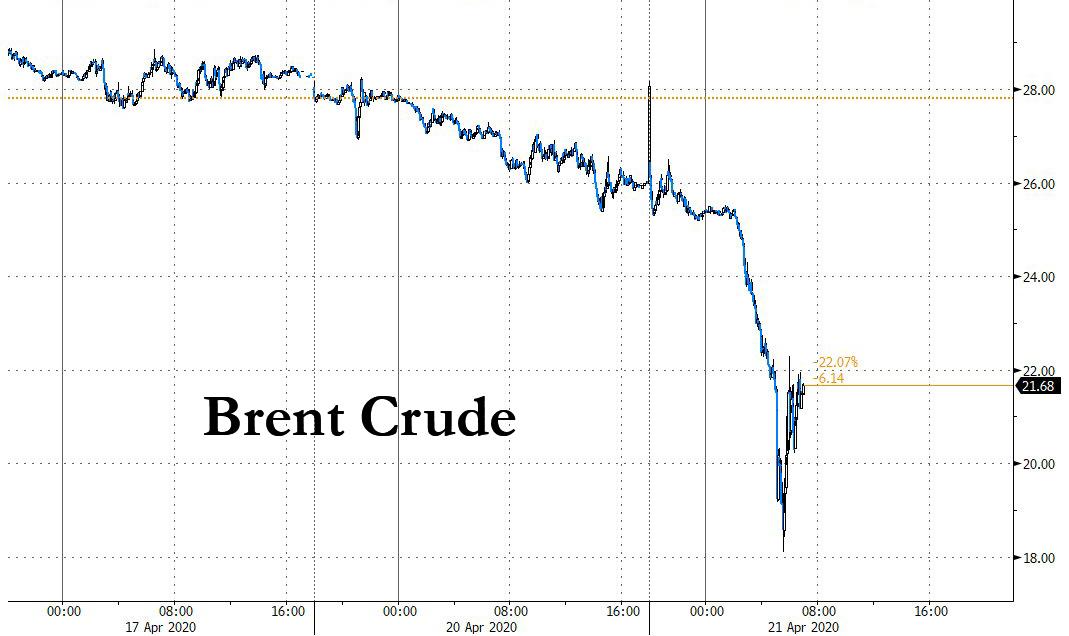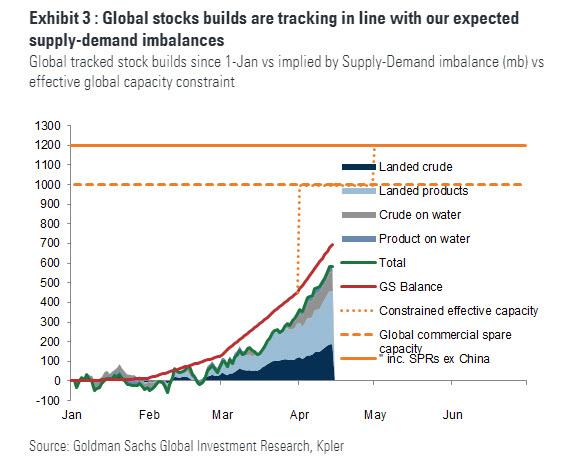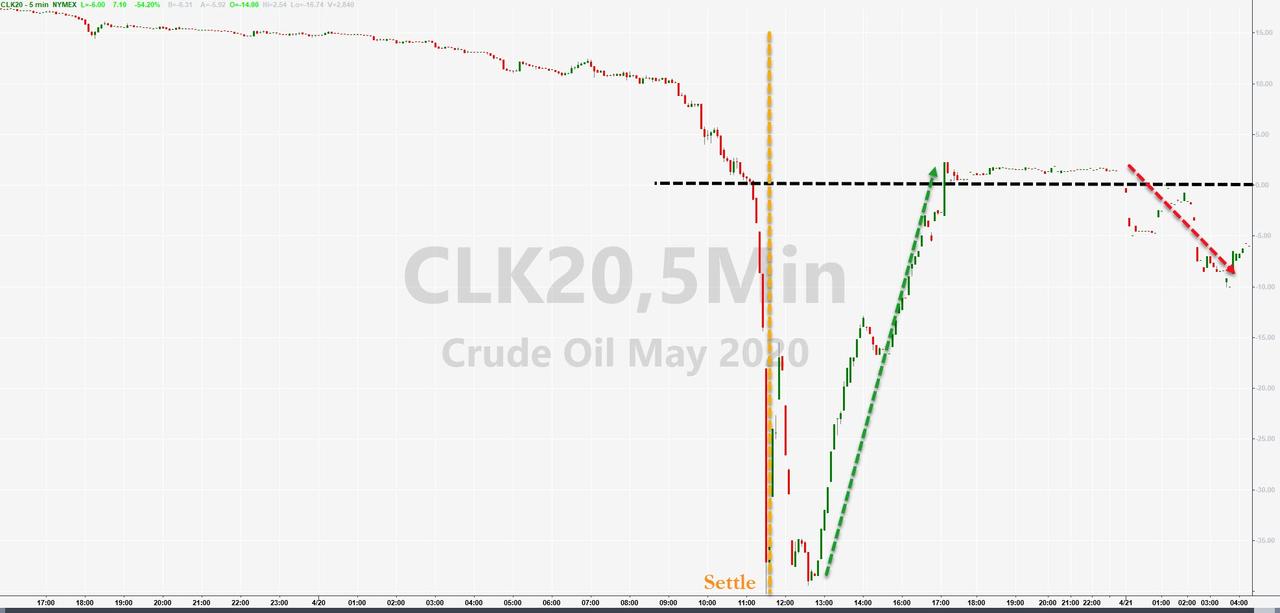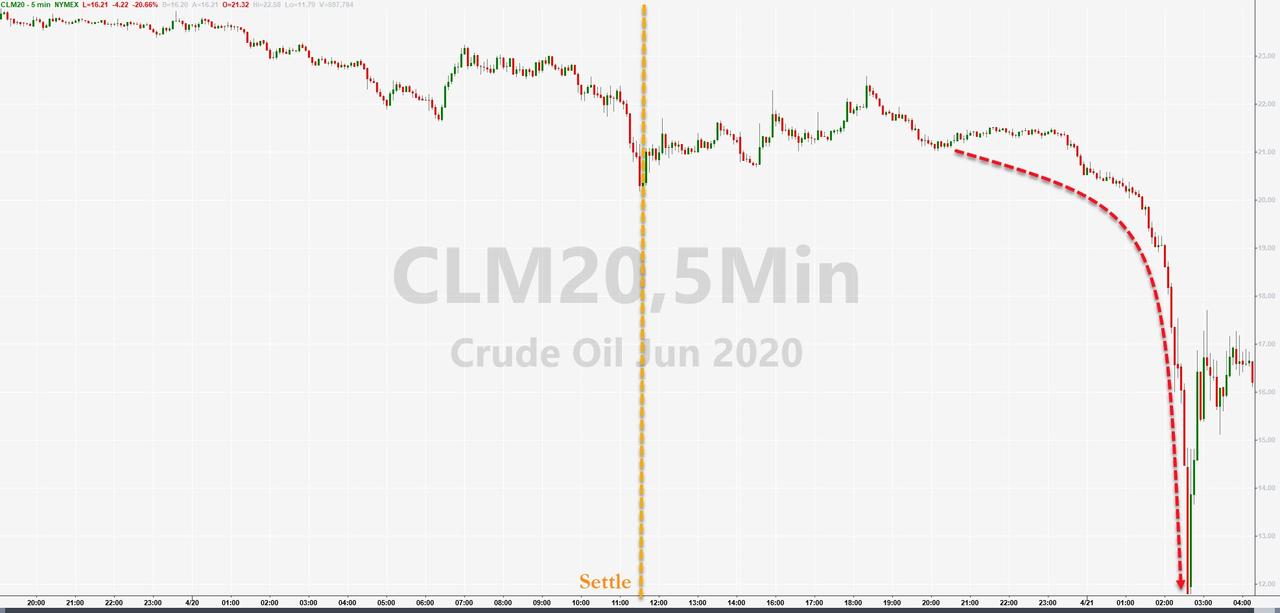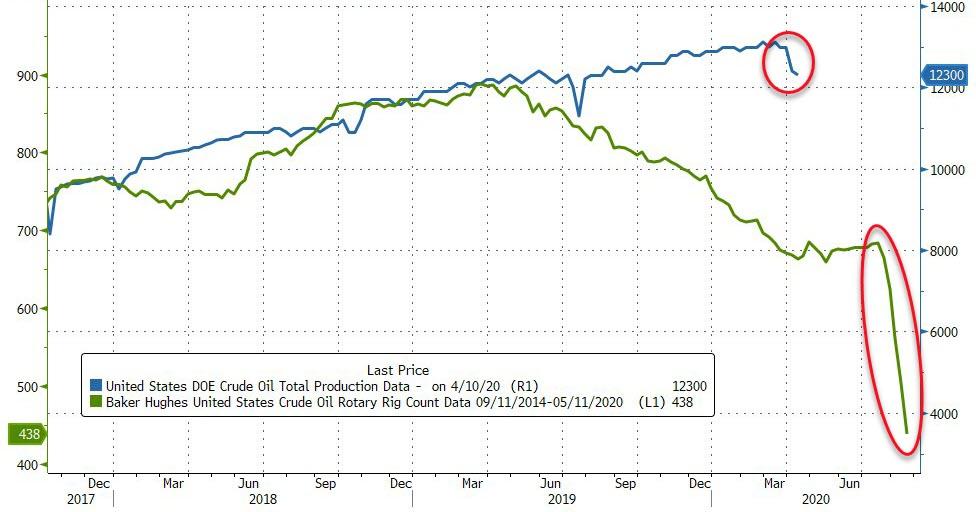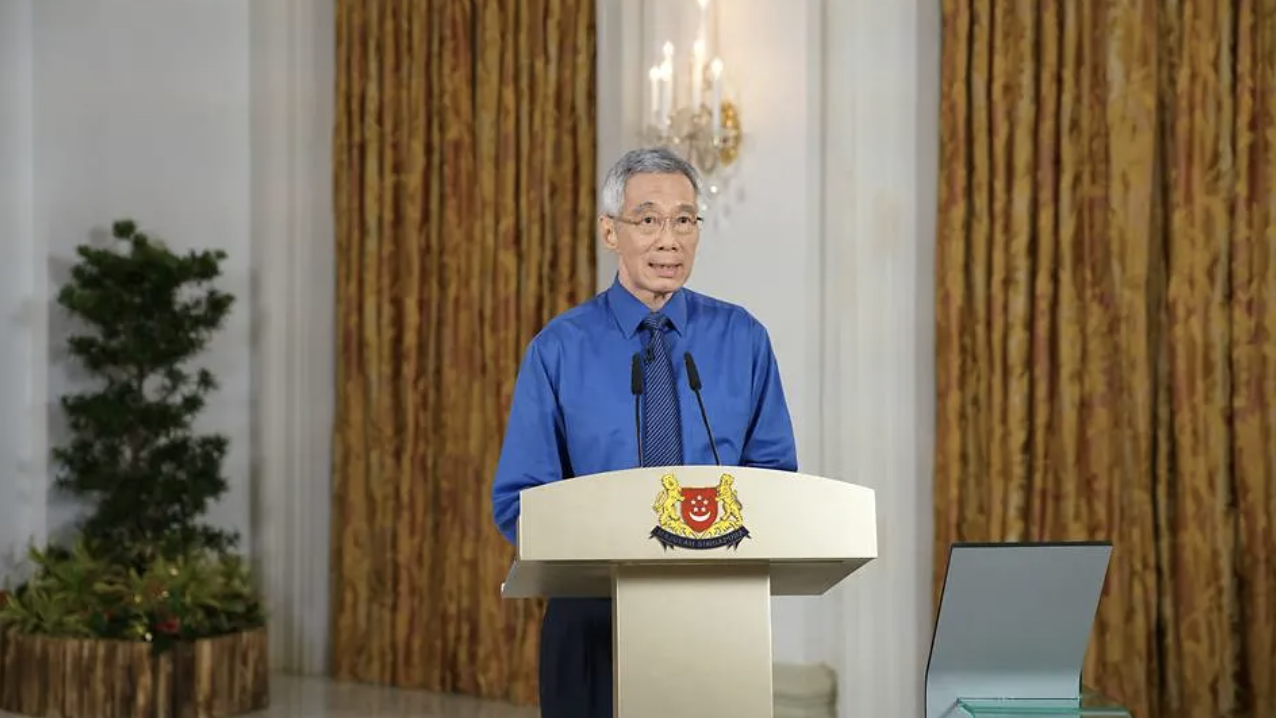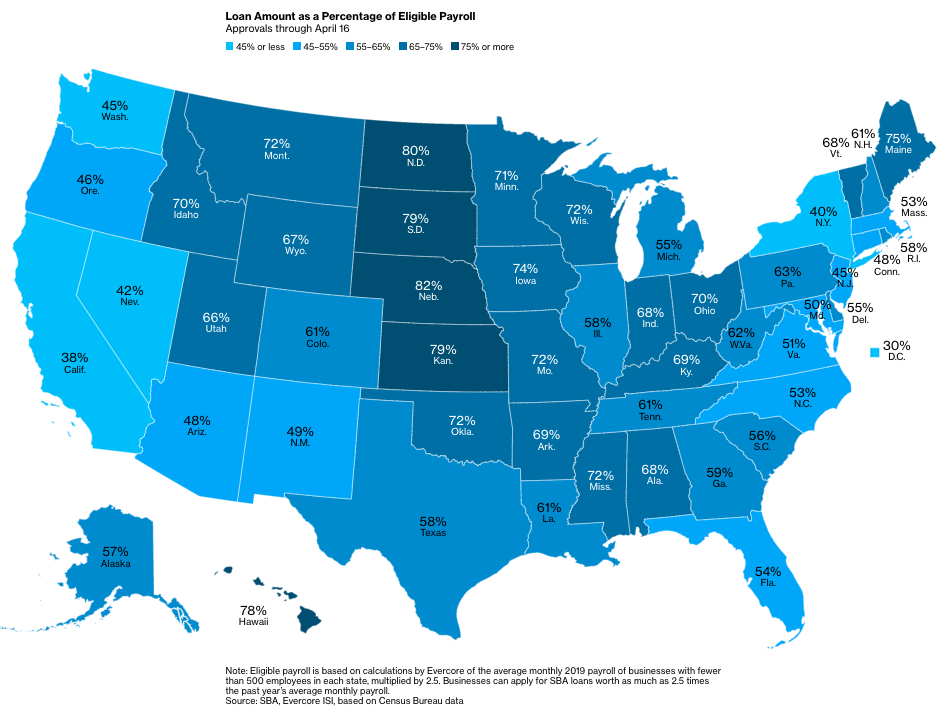Yesterday, I hastily counted the votes from Ramos v. Louisiana. I have now read the entire 87-page opinion. Ramos is even more fragmented than I initially recognized. And this decision tells us a lot about how the Justices approach stare decisis. Indeed, I view Ramos as something of a proxy fight about Roe. The Justices are drawing lines about what precedents will, and will not stand.
Here are five unanswered questions from Ramos.
1. Is Apodoca a precedent?
Part IV-A of the plurality was joined by Justices Gorsuch, Ginsburg, and Breyer. This section suggests that Apodaca should not be considered a precedent at all. Why? Because Justice Powell’s sole vote in the 4-1-4 split cannot set a precedent. And because Powell’s opinion is not a precedent, the case as a whole supplies no “governing precedent.” Consider this paragraph:
In the first place and as we’ve seen, not even Louisiana tries to suggest that Apodaca supplies a governing precedent. Remember, Justice Powell agreed that the Sixth Amendment requires a unanimous verdict to convict, so he would have no objection to that aspect of our holding today. Justice Powell reached a different result only by relying on a dual-track theory of incorporation that a majority of the Court had already rejected (and continues to reject). And to accept that reasoning as precedential, we would have to embrace a new and dubious proposition: that a single Justice writing only for himself has the authority to bind this Court to propositions it has already rejected.
Justice Alito dissented, joined by Chief Justice Roberts and Justice Kagan. They emphatically rejected this reading of Apodaca–with some SNL-inspired snark.
I begin with the question whether Apodaca was a precedent at all. It is remarkable that it is even necessary to address this question, but in Part IV–A of the principal opinion, three Justices take the position that Apodaca was never a precedent. The only truly fitting response to this argument is: “Really?”
Consider what it would mean if Apodaca was never a precedent. It would mean that the entire legal profession was fooled for the past 48 years. Believing that Apodaca was a precedent, the courts of Louisiana and Oregon tried thousands of cases under rules allowing conviction by a vote of 11 to 1 or 10 to 2, and appellate courts in those States upheld these convictions based on Apodaca. But according to three Justices in the majority, these courts were deluded
Justice Sotomayor treats Apodaca as a precedent. As does Justice Kavanaugh. He offers this helpful headcount:
I join the introduction and Parts I, II–A, III, and IV–B–1 of JUSTICE GORSUCH‘s opinion for the Court. The remainder of JUSTICE GORSUCH‘s opinion does not command a majority. That point is important with respect to Part IV–A, which only three Justices have joined. It appears that six Justices of the Court treat the result in Apodaca as a precedent and therefore do not subscribe to the analysis in PartIV–A of JUSTICE GORSUCH‘s opinion.
Justices Gorsuch, Kavanaugh, and Alito hold very different conceptions of “precedent.” Justice Gorsuch provides the clearest illustration of his theory in this passage:
It is usually a judicial decision’s reasoning—its ratio decidendi—that allows it to have life and effect in the disposition of future cases. As this Court has repeatedly explained in the context of summary affirmances, “‘unexplicated'” decisions may “‘settl[e] the issues for the parties, [but they are] not to be read as a renunciation by this Court of doctrines previously announced in our opinions.'” Much the same may be said here. Apodaca‘s judgment line resolved that case for the parties in that case. It is binding in that sense. But stripped from any reasoning, its judgment alone cannot be read to repudiate this Court’s repeated pre-existing teachings on the Sixth and Fourteenth Amendments.
I need to give this analysis some more thought. The unique nature of the 4-1-4 split in Apodaca may tweak the nature of stare decisis, beyond the usual fights over the Marks rule. Gorsuch is analyzing this issue at a different level than his colleagues. His approach may not have much support in the Court’s precedents–Alito gets the better of the argument on this point. But Gorsuch’s reasoning very well may be correct as a matter of first principles.
Why did Justices Ginsburg and Breyer join Gorsuch’s pensive discourse in Ramos on ratio decidendi and obiter dicta? I don’t know. Really, I’m flummoxed here. If they dissented from Part IV-A, the holding would have been unaffected.
Indeed, Gorsuch’s conception of plurality opinions severely undercuts the precedential value of Casey. Of course, Ramos itself is a plurality opinion, and–under Gorsuch’s own theory–is not entitled to any precedential weight.
Alito gets in one final dig on this point:
What is the majority’s justification for overruling Apodaca? With no apparent appreciation of the irony, today’s majority, which is divided into four separate camps,17 criticizes the Apodaca majority as “badly fractured.” But many important decisions currently regarded as precedents were decided without an opinion of the Court.18 Does the majority mean to suggest that all such precedents are fair game?
Justice Gorsuch also waxed on the value of precedent in Monday’s far-less-sexy case, Thryv, Inc. v. Click-To-Call Technologies, LP.
It’s not surprising that litigants would invite us to overread dicta or overlook an unfavorable precedent. What is surprising is that the Court would accept the invitation.In ”cases involving property,” after all, “considerations favoring stare decisis are at their acme.” Kimble v. Marvel Entertainment, LLC, 576 U. S. 446, 457 (2015) (internal quotation marks omitted). And we are often reminded that “stare decisis carries enhanced force when a decision . . . interprets a statute.” Id., at 456. But rather than searching for the kind of “superspecial justification,” id., at 458, this Court supposedly requires to overrule a precedent like SAS Institute, today’s majority quibbles with a few sentencesand quietly walks away. If, as some have worried, “[e]achtime the Court overrules a case, the Court . . . cause[s] thepublic to become increasingly uncertain about which casesthe Court will overrule,” Franchise Tax Bd. of Cal. v. Hyatt, 587 U. S. ___, ___ (2019) (slip op., at 13), (BREYER, J., dissenting), one can only imagine what a judicial shrug of the shoulders like this might yield.
Justice Ginsburg wrote the majority in Thryv. She responded to Gorsuch’s claim about stare decisis.
The dissent does not consider itself bound by Cuozzo‘s conclusion that §314(d) bars appeal of “questions that are closely tied to the application and interpretation of statutes related to the Patent Office’s decision to initiate inter partes review,” 579 U. S., at___ (slip op., at 11). According to the dissent, that statement is dicta later repudiated in SAS Institute Inc. v. Iancu, 584 U. S. ___ (2018). . . . . Cuozzo‘s recognition that §314(d) can bar challenges rooted in provisions other than §314(a) was hardly “dicta,” post, at 16—it was the Court’s holding. And SAS Institute purported to adhere to Cuozzo, not to overrule it. 584 U. S., at ___–___ (slip op., at 13–14). The Court in SAS Institute said, specifically, that it discerned “nothing in . . . Cuozzo” inconsistent with its conclusion. Id., at ___ (slip op.,at 14).
We do not so lightly treat our determinations as dicta and our decisions as overruling others sub silentio. Nor can we countenance the dissent’s dangerous insinuation that today’s decision is not “really” binding precedent. Post, at 17–18 (“[W]ho can say?”); post, at 18 (“Litigants and lower courts alike will just have to wait and see.”).
2. Can Apodaca be applied retroactively on collateral review?
Part IV-B-2 is joined by Justices Gorsuch, Ginsburg, Breyer, and Sotomayor. This section considered whether prisoners may “challenge their nonunanimous convictions through collateral (i.e., habeas) review.” This analysis turns on Teague v. Lane (1989). Gorsuch explains:
Under Teague v. Lane, newly recognized rules of criminal procedure do not normally apply in collateral review. True, Teague left open the possibility of an exception for “watershed rules” “implicat[ing] the fundamental fairness [and accuracy] of the trial.” But, as this language suggests, Teague‘s test is a demanding one, so much so that this Court has yet to announce a new rule of criminal procedure capable of meeting it. And the test is demanding by design, expressly calibrated to address the reliance interests States have in the finality of their criminal judgments
Does Ramos qualify as a “watershed rule”? The plurality doesn’t definitively answer this question. Gorusch leans towards “no,” but the issue is unresolved. Gorsuch also says, correctly, that Teague is not “even before us.” This question can be resolved in a “future case where the parties will have a chance to brief the issue and we will benefit from their adversarial presentation.”
Justice Kavanaugh dissented from IV-B-2. He would have decided that Teague test was not satisfied.
The new rule announced today—namely, that state criminal juries must be unanimous—does not fall within either of those two narrow Teague exceptions and therefore, as a matter of federal law, should not apply retroactively on habeas corpus review.
The dissent critiques Gorsuch’s “evasive” approach to Teague:
The majority’s response to this possibility is evasive. It begins by hinting that today’s decision will not apply on collateral review under the framework adopted in Teague v. Lane, 489 U. S. 288, 315 (1989) (plurality opinion). . . .
Noting that we have never found a new rule of criminal procedure to qualify as “watershed,” theCourt hints that the decision in this case is likely to meetthe same fate.
But having feinted in this direction, the Court quickly changes course and says that the application of today’s decision to prisoners whose appeals have ended should not concern us. Ante, at 23–24. That question, we are told, will be decided in a later case. Ibid.
The majority cannot have it both ways. As long as retroactive application on collateral review remains a real possibility, the crushing burden that this would entail cannot be ignored. And while it is true that this Court has been chary in recognizing new watershed rules, it is by no means clear that Teague will preclude the application of today’s decision on collateral review.
Teague applies only to a “new rule,” and the positions taken by some in the majority may lead to the conclusion that the rule announced today is an old rule.
The dissent also faults Justice Kavanaugh for reaching an issue that wasn’t even briefed.
Two other Justices in the majority acknowledge that Apodaca was a precedent and thus would presumably regard today’s decision as a “new rule,” but the question remains whether today’s decision qualifies as a “watershed rule.” JUSTICE KAVANAUGH concludes that it does not and all but decides—without briefing or argument—that the decision will not apply retroactively on federal collateral review and similarly that there will be no successful claims of ineffective assistance of counsel for failing to challenge
I don’t think there are five votes for retroactivity, but under the logic of Gorsuch’s analysis, Teague very well may be satisfied.
3. What other “functionalist” decisions are now in jeopardy?
In modern legal discourse, the label “formalist” is a pejorative–wooden, rigid, strict, etc. I always thought Justices viewed themselves as pragmatic, or “functionalist.” Surely Justice Breyer approaches the world this way. Yet in Ramos, Justice Gorsuch derides “functionalist” reasoning. Huzzah!
Consider this critique of Apodaca:
But to see the dangers of Louisiana’s overwise approach, there’s no need to look any further than Apodaca itself. There, four Justices, pursuing the functionalist approach Louisiana espouses, began by describing the “‘essential'” benefit of a jury trial as “‘the interposition . . . of the commonsense judgment of a group of laymen'” between the defendant and the possibility of an “‘overzealous prosecutor.'”41 And measured against that muddy yardstick, they quickly concluded that requiring 12 rather than 10 votes to convict offers no meaningful improvement.42 Meanwhile, these Justices argued, States have good and important reasons for dispensing with unanimity, such as seeking to reduce the rate of hung juries.43
Who can profess confidence in a breezy cost-benefit analysis like that?
I have no clue how Stephen Breyer put his name to his analysis. His jurisprudence is measured by “muddy yardsticks[s].” He breathes “breezy cost-benefit analysis.” Justice Breyer must have donned a paper bag over his N95 mask for this joinder.
Even Justice Sotomayor could not bear this analysis. She wrote in her concurrence:
Rather, Apodaca v. Oregon, 406 U. S. 464 (1972), was on shaky ground from the start. That was not because of the functionalist analysis of that Court’s plurality: Reasonable minds have disagreed over time—and continue to disagree—about the best mode of constitutional interpretation. That the plurality in Apodaca used different interpretive tools from the majority here is not a reason on its own to discard precedent.
In dissent, Justice Alito queries what other “functionalist” decisions are on the chopping block. Most of the Criminal Procedure cases from the 1960s and 1970s are purely “functionalist.” He writes:
Fourth, it is hard to know what to make of the functionalist charge. One Member of the majority explicitly disavows this criticism, see ante, at 2 (SOTOMAYOR, J., concurring in part), and it is most unlikely that all the Justices in the majority are ready to label all functionalist decisions as poorly reasoned. Most of the landmark criminal procedure decisions from roughly Apodaca‘s time fall into that category. See Mapp v. Ohio, 367 U. S. 643, 654 (1961) (Fourth Amendment); Miranda v. Arizona, 384 U. S. 436, 444 (1966) (Fifth Amendment); Gideon v. Wainwright, 372 U. S. 335, 344–345 (1963) (Sixth Amendment); Furman v. Georgia, 408 U. S. 238, 239 (1972) (per curiam) (Eighth Amendment).25 Are they all now up for grabs?
Alito also queries whether another one of Justice White’s “functionalist” decisions may be in doubt:
As I have explained, see supra, at 15, the Apodaca plurality’s reasoning was based on the same fundamental mode of analysis as that in Williams [v. Florida], 399 U. S. 78, which had held just two years earlier that the Sixth Amendment did not constitutionalize the common law’s requirement that a jury have 12 members. Although only one State, Oregon, now permits non-unanimous verdicts, many more allow six-person juries.29 Repudiating the reasoning of Apodaca will almost certainly prompt calls to overrule Williams.
And what about Hurtado v. California? Should the right to grand jury indictment be incorporated? Alito writes:
In Hurtado v. California, 110 U. S. 516, 538 (1884), the Court held that the Grand Jury Clause does not bind the States and that they may substitute preliminary hearings at which the decision to allow a prosecution to go forward is made by a judge rather than a defendant’s peers. That decision was based on reasoning that is not easy to distinguish from Justice Powell’s in Apodaca. Hurtado remains good law and is critically important to the 28 States that allow a defendant to be prosecuted for a felony without a grand jury indictment.28 If we took the same approach to the Hurtado question that the majority takes in this case, the holding in that case could be called into question.
I have long thought that Justice Harlan’s dissent was correct in that case.
4. How far will Justice Kagan ride the stare decisis train?
In recent years, Justice Kagan has made stare decisis the center piece of her jurisprudence. In opinion after opinion, she extolls the value of precedent. In Allen v. Cooper, she stood by the Rehnquist Court’s sovereign immunity precedents, even though she likely disagrees with them. Last term, she stood by precedent in Franchise Tax Board v. Hyatt and Knick v. Township of Scott. And so on.
We can speculate about her end game: by maintaining a principled approach to precedent, when the time comes, perhaps her conservative colleagues will as well. Of course, I am talking about Roe. Will her strategy work? I’m skeptical. Indeed, in Ramos Justice Alito and Chief Justice Roberts expressly disagreed with Kagan’s paean to stare decisis. Here is the discussion from Part IV-D, which Kagan did not join.
The reliance in this case far outstrips that asserted in recent cases in which past precedents were overruled. Last Term, when we overturned two past decisions, there were strenuous dissents voicing fears about the future of stare decisis. See Franchise Tax Bd. of Cal. v. Hyatt, 587 U. S. ___, ___ (2019) (BREYER, J., dissenting); Knick v. Township of Scott, 588 U. S. ___, ___ (2019) (KAGAN, J., dissenting). Yet in neither of those cases was there reliance like that present here. In Franchise Tax Board, the dissent claimed only the airiest sort of reliance, the public’s expectation that pastdecisions would remain on the books. 587 U. S., at ___–___ (opinion of BREYER, J.) (slip op., at 12–13). And in Knick, the dissent disclaimed any reliance at all. 588 U. S., at ___ (opinion of KAGAN, J.) (slip op., at 17).
Alito and Roberts could have omitted that discussion to keep Kagan on board. But they didn’t.
Justice Kavanaugh also gently chided some of his progressive colleagues for overturning precedent in some cases.
The doctrine of stare decisis does not mean, of course, that the Court should never overrule erroneous precedents. All Justices now on this Court agree that it is sometimes appropriate for the Court to overrule erroneous decisions. Indeed, in just the last few Terms, every current Member of this Court has voted to overrule multiple constitutional precedents. See, e.g., Knick v. Township of Scott, 588 U. S. ___ (2019); Franchise Tax Bd. of Cal. v. Hyatt, 587 U. S. ___ (2019); Janus v. State, County, and Municipal Employees, 585 U. S. ___ (2018); Hurst v. Florida, 577 U. S. ___ (2016); Obergefell v. Hodges, 576 U. S. 644 (2015); Johnson v. United States, 576 U. S. 591 (2015); Alleyne v. United States, 570 U. S. 99 (2013); see also Baude, Precedent and Discretion, 2020 S. Ct. Rev. 1, 4 (forthcoming) (“Nobody on the Court believes in absolute stare decisis”).
Kudos to Will Baude on the citation.
And of course, Justice Thomas reiterated his view of stare decisis: none at all.
I also note that, under my approach to stare decisis, there is no need to decide which reliance interests are important enough to save an incorrect precedent. I doubt that this question is susceptible of principled resolution in this case, compare ante, at 22–26 (principal opinion), with ante, at 3 (SOTOMAYOR, J., concurring); ante, at 15–17 (KAVANAUGH, J., concurring); and post, at 19–26 (ALITO, J., dissenting), or in any other case for that matter, see, e.g., Kimble v. Marvel Entertainment, LLC, 576 U. S. 446, 457–458 (2015); Lawrence v. Texas, 539 U. S. 558, 577 (2003); Dickerson v. United States, 530 U. S. 428, 443 (2000); Planned Parenthood of Southeastern Pa. v. Casey, 505 U. S. 833, 855–856 (1992).
5. How awkward will the next Justice White clerk reunion be?
In Ramos, Justice Gorsuch drags his former boss. He heavily criticizes Justice White “functionalist”–that is, non-originalist-jurisprudence. Gorsuch also faults Justice White’s plurality decision for not considering the “racist origins” of the non-unanimous jury rule.
Start with the quality of the reasoning. Whether we look to the plurality opinion or Justice Powell’s separate concurrence, Apodaca was gravely mistaken; again, no Member of the Court today defends either as rightly decided. Without repeating what we’ve already explained in detail, it’s just an implacable fact that the plurality spent almost no time grappling with the historical meaning of the Sixth Amendment’s jury trial right, this Court’s long-repeated statements that it demands unanimity, or the racist origins of Louisiana’s and Oregon’s laws. Instead, the plurality subjected the Constitution’s jury trial right to an incomplete functionalist analysis of its own creation for which it spared one paragraph. And, of course, five Justices expressly rejected the plurality’s conclusion that the Sixth Amendment does not require unanimity. Meanwhile, Justice Powell refused to follow this Court’s incorporation precedents. Nine Justices (including Justice Powell) recognized this for what it was; eight called it an error.
It falls to Justice Alito to defend Whizzer White!
First, it is quite unfair to criticize Justice White for not engaging in a detailed discussion of the original meaning of the Sixth Amendment jury-trial right since he had already done that just two years before in his opinion for the Court in Williams v. Florida, 399 U. S. 78, 92–100 (1970). In Williams, after examining that history, he concluded that the Sixth Amendment did not incorporate every feature of the common-law right (a conclusion that the majority, by the way, does not dispute). And in Apodaca, he built on the analysis in Williams. Accordingly, there was no need to repeat what had been said before.
Second, it is similarly unfair to criticize Justice White for not discussing the prior decisions that commented on jury unanimity. None of those decisions went beyond saying that this was a feature of the common-law right or cursorilystating that unanimity was required.24 And as noted, Williams had already held that the Sixth Amendment did not preserve all aspects of the common-law right.
Third, the failure of Justice White (and Justice Powell) to take into account the supposedly racist origins of the Louisiana and Oregon laws should not be counted as a defect for the reasons already discussed….
Fifth, it is not accurate to say that Justice White based his conclusion on a cost-benefit analysis of requiring jury unanimity. His point, rather, was that what the Court had already identified as the fundamental purpose of the jury-trial right was not undermined by allowing a verdict of 11 to 1 or 10 to 2.
I cannot say that I would have agreed either with Justice White’s analysis or his bottom line in Apodaca if I had sat on the Court at that time, but the majority’s harsh criticism of his opinion is unwarranted.
I appreciate that Gorsuch is willing to attack his former boss. He shows a real streak of independence. I can’t imagine Chief Justice Roberts ever writing about Chief Justice Rehnquist this way; or Justice Kavanaugh writing about Justice Kennedy. The next White clerk reunion will be awkward.
Justice Gorsuch offers this anecdote about his old boss, Justice White, in his new book:
THESE DAYS I SOMETIMES find myself thinking back a quarter century to a day when, as a law clerk, I was walking with my boss, Justice Byron White, along the ground-floor hallway of the Supreme Court. As we passed portrait after portrait of former justices, he asked me how many of them I could name. As much as I wanted to impress the boss, I admitted the answer was about half. The justice surprised me when he said, “Me too. We’ll all be forgotten soon enough.” At the time, I didn’t realize what he was telling me. Justice White was not just one of the most famous men of his day but one of the most impressive. He was a World War II hero. The highest-paid professional football player of his day. A Rhodes Scholar. Before joining the bench, he served as John Kennedy’s deputy attorney general and helped desegregate southern schools. He never cared a fig when others criticized him—as many did, harshly and often, sometimes for supposedly “straying” from results they expected of him, and at other times for doing exactly what they knew he would do. How could anyone forget him? It seemed to me impossible. Justice White’s portrait now hangs in the hallway with the others. Every time I walk by I see visitors standing before it wondering who he was. The truth is, Justice White was right and we are all forgotten soon enough.
Justice White’s legacy has mostly faded from modern discussions of constitutional law. Most law students today will have no idea who Justice White was. Our casebook features only a handful of White majority opinions: Washington v. Davis, Bowers v. Hardwick, and Cleburne v. Cleburne Living Center. We have several of his dissents: Roe v. Wade, Nixon v. Fitzgerald, INS v. Chadha, and New York v. U.S.
And he was on the Court for three decades!
I can make one prediction: Ramos will not last long in casebooks. It is far too fragmented to serve as a teaching tool. I didn’t even bother editing it for our supplement. Not worth the effort.

from Latest – Reason.com https://ift.tt/34R7YTj
via IFTTT
